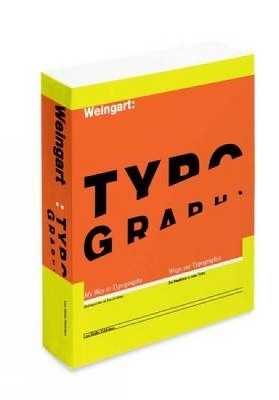
The Craft of Text Editing
Springer-Verlag New York Inc.
978-0-387-97616-7 (ISBN)
- Titel ist leider vergriffen;
keine Neuauflage - Artikel merken
Introduction: What Is Text Editing All About?.- The Basic Get_Line.- The Forest.- Questions to Probe Your Understanding.- Chapeter 1: Users.- User Categories.- "Religion".- User Goals.- Physiological Constraints.- Applying These Physiological Constraints.- Users Who Have Handicaps.- Questions to Probe Your Understanding.- 2: User Interface Hardware.- Display Types.- Keyboards.- Graphical Input.- Communications Path Issues.- Questions to Probe Your Understanding.- 3: Implementation Languages.- General Considerations.- Specific Language Notes.- Questions to Probe Your Understanding.- Chpater 4: Editing Models.- One-Dimensional Array of Bytes.- Two-Dimensional Array of Bytes.- List of Lines.- Paged Models.- Objects.- Dealing with Real Text.- Questions to Probe Your Understanding.- 5: File Formats.- Text Files.- Binary Files.- Structured Files.- Where to Store the "Extra" information.- The Additional Information.- Internalization.- Questions to Probe Your Understanding.- 6: The Internal Sub-Editor.- Basic Concepts and Definitions.- Internal Data Structures.- Procedure Interface Definitions.- Characteristics of Implementation Methods.- Implementation Method Overview.- Buffer Gap.- Linked Line.- Paged Buffer Gap.- Other Methods.- Method Comparisons.- Editing Extremely Large Files.- Difference Files.- Questions to Probe Your Understanding.- Chpater 7: Redisplay.- Constraints.- Procedure Interface Defenitions.- Considerations.- Redisplay Itself.- Questions to Probe Your Understanding.- 8: User-Oriented Commands: The Command Loop.- The Core Loop: Read, Evaluate, Print.- Errors.- Arguments.- Rebinding.- Modes.- Changing Your Mind.- Macros.- Question to Probe Your Understanding.- 9: Command Set Design.- Responsiveness.- Consistency.- Permissiveness.- Progress.- Simplicity.- Uniformity.- Extensibility.- Modes.- Use of Language.- Guideline Summary.- Structure Editors.- Programming Assistance.- Command Behavior.- Questions to Probe Your Understanding.- 10: Emacs-Type Editors.- "What Do You Mean, 'Emacs-type?'".- The Command Set.- The Extended Environment.- Extensibility.- Questions to Probe Your Understanding.- Epilogue.- Questions to Probe Your Understanding.- Appendix A: A Five-Minute Introduction to C.- Case Conventions.- Data Types and Declarations.- Constants.- Pre-Defined Constants.- Procedure Structure.- Statements.- Operators.- Standard Library Functions Used in This Book.- Non-Standard Library Functions Used in This Book.- Appendix B: Emacs Implementations.- Acronyms.- Implementations Mentioned in My Thesis (Pre-1980).- GNU-Emacs.- What Is Copyleft?.- Newer Implementations Available for No Charge.- Newer Implementations Sold by Vendors.- Appendix C: The Emacs Command Set.- Notation.- Default GNU-Emacs Command List.- Help Commands.- Control-X (^X) Commands.- Control-X 4 Commands.- Meta (^ [) Commands.- The Author' Command Set.- Appendix D: The TECO Command Set.- General Notation.- E-Commands.- F-Commands.- FS-Variables.- Appendix E: ASCII Chart.
| Zusatzinfo | biography |
|---|---|
| Verlagsort | New York, NY |
| Sprache | englisch |
| Gewicht | 490 g |
| Themenwelt | Schulbuch / Wörterbuch ► Lexikon / Chroniken |
| Informatik ► Grafik / Design ► Desktop Publishing / Typographie | |
| Mathematik / Informatik ► Informatik ► Programmiersprachen / -werkzeuge | |
| ISBN-10 | 0-387-97616-7 / 0387976167 |
| ISBN-13 | 978-0-387-97616-7 / 9780387976167 |
| Zustand | Neuware |
| Informationen gemäß Produktsicherheitsverordnung (GPSR) | |
| Haben Sie eine Frage zum Produkt? |
aus dem Bereich


